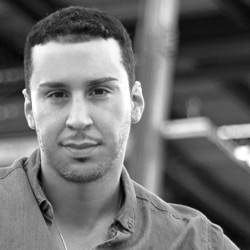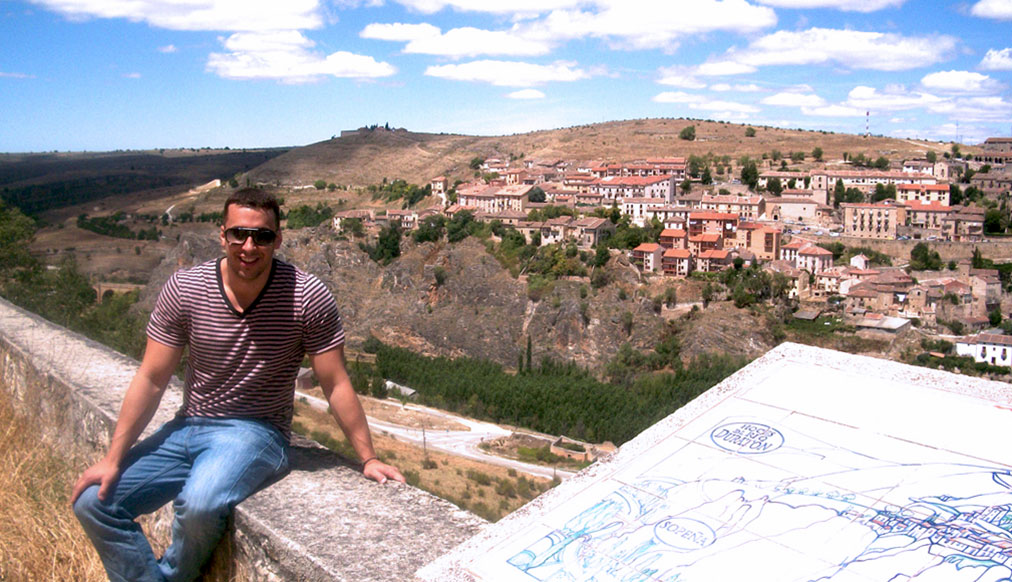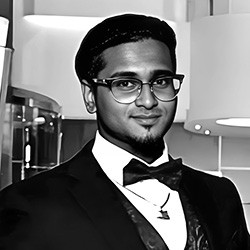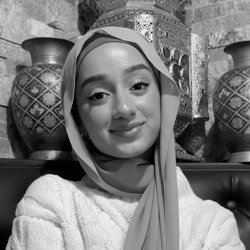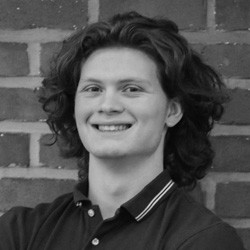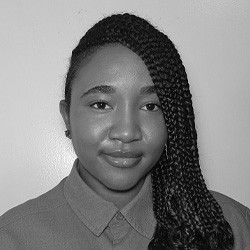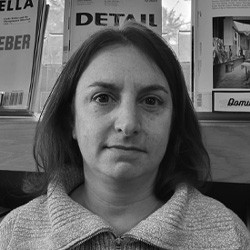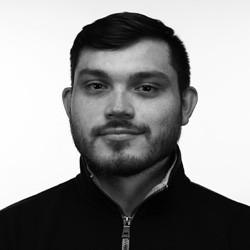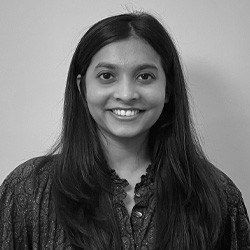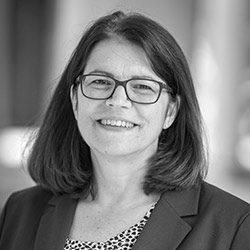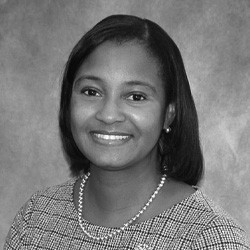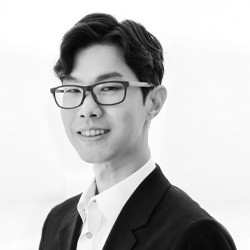The power of architecture to shape communities intrigues David Sepúlveda (B.Arch. ‘13). In 2003, the New Jersey native embarked on a five-year quest to explore how people identify with their surroundings in places like Dubai, London, Buenos Aires, Shanghai, and a medieval fortress town in Spain that shares his surname.
The town of Sepúlveda is organic and free flowing with the landscape,
he says. Architecture like this opens my eyes to how we have evolved.
His experiences caused him to rethink how people engage with architecture. He continued to explore this concept as a student at NYIT’s Manhattan campus and sought faculty mentors to help him make sense of his field’s progression over time.
NYIT students learn from faculty who are professional working architects in New York City,
Sepúlveda says. I gained a lot of real-world knowledge from them. They connect you to people in the industry and that helps you to find jobs.
One of his mentors was Professor Beyhan Karahan, his thesis advisor and the owner of a 17-year-old SoHo-based architecture firm. She hired Sepúlveda to work for Beyhan Karahan Architects & Associates during his last two years at NYIT.
Karahan also encouraged him enter the ONE Prize Competition, which focuses on a timely design challenge. In 2013, Sepúlveda teamed with Arianna Armelli (B.Arch. ‘12) and Ishaan Kumar (B.Arch. ‘12) to conceive an idea to stormproof New York City. Their entry, Contained,
a floating landfill designed to store trash and buffer against storm surges (pictured at right), won an Honorable Mention.
Sepúlveda is now a project manager for Two One Two Design, a New York City architecture firm that specializes in design and construction of chic retail spaces. He also runs DS2, his own practice, and plans to turn his NYIT thesis, Flooding the Grid,
into a book about sustainable architecture. He is mindful that today’s architects must be poised to address quality-of-life issues in neighborhoods, especially in coastal areas with fragile waterfronts.
Architects have to be collaborative and work with clients and consultants who know about biology, economics, climate change, etc.
he says. We have to think more broadly about architecture and its impact on the environment.
My Favorite thing:
My Favorite Professors: David Diamond, Beyhan Karahan, and Janet Fink.
Contact info:
Website: archinect.com/davidsepulveda
https://www.linkedin.com/in/davidsepulveda
https://twitter.com/ds2arch
